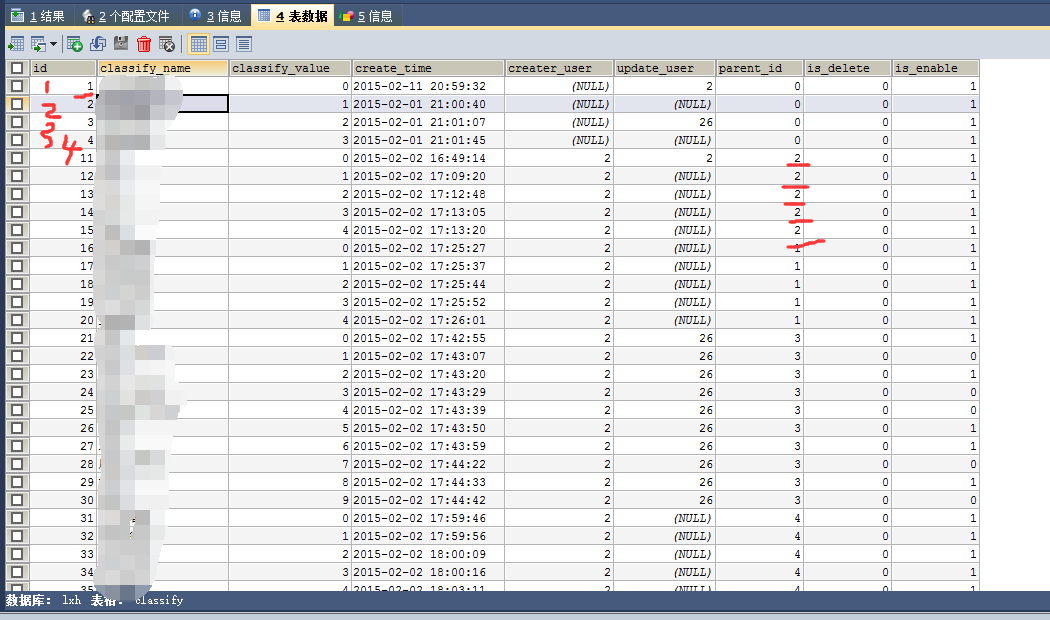1.这是代码方面的设计
package com.fanli.mall.platform.freemarker;
import java.util.HashMap;
import java.util.List;
import java.util.Map;
import javax.servlet.ServletContext;
import javax.servlet.ServletContextEvent;
import javax.servlet.ServletContextListener;
import org.springframework.context.ApplicationContext;
import org.springframework.web.context.support.WebApplicationContextUtils;
import com.fanli.mall.service.ClassifyService;
import com.fanli.mall.vo.ClassifyVo;
public class ClassifySelectListener implements ServletContextListener {
@Override
public void contextDestroyed(ServletContextEvent servletContextEvent) {
}
@Override
public void contextInitialized(ServletContextEvent servletContextEvent) {
ServletContext servletContext = servletContextEvent.getServletContext();
ClassifyVo classifyVo = new ClassifyVo();
classifyVo.setParentId(0);
ApplicationContext ctx = WebApplicationContextUtils
.getWebApplicationContext(servletContext);
ClassifyService classifyService = (ClassifyService) ctx
.getBean("classifyService");
List<ClassifyVo> list = classifyService.findList(classifyVo);
Map<Integer,List<ClassifyVo>> map = new HashMap<Integer,List<ClassifyVo>>();
ClassifyVo classifyVoChild = new ClassifyVo();
for (ClassifyVo classifyVo2 : list) {
classifyVoChild.setParentId(classifyVo2.getId());
classifyVoChild.setIsEnable(1);
List<ClassifyVo> listChildren = classifyService.findList(classifyVoChild);
for (ClassifyVo classifyVo3 : listChildren) {
if(classifyVo3.getIsEnable()==0){
listChildren.remove(classifyVo3);
}
}
map.put(classifyVo2.getId(), listChildren);
}
servletContext.setAttribute("classifyVos", map);
}
}
2.这是数据库方面的设计:
